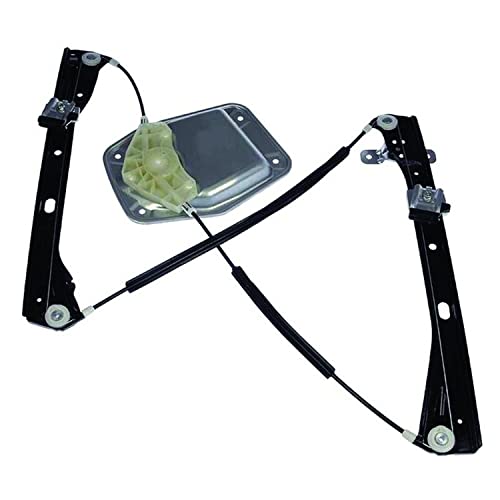- Joined
- Jun 11, 2013
- Messages
- 636
- Reaction score
- 4
- Location
- Leeds
- Year of Your Van(s)
- 1971
- Van Type
- Microbus
- M-codes
- 095 508 697 A01
I know its puzzling! It puzzled me with my last engine and now this one too..Trikky2 said:Hmm. Puzzling one this. After 400 miles the engine temp should have dropped by now.
Have you checked the ignition advances to a max of 28 to 32 at around 3000 rpm without the vac advance connected?
Reason I ask is because if the advance is sticking it could cause it to run hot plus some of the aftermarket ones have been known to under advance - particularly the 009 copies.
Timing is set to 28-30 degrees total advance vac disconnected. It's set in lower portion in an attempt to reduce the temperature, although it have tried less and more advance.
It's got an SVDA fitted, I unhooked the vacuum and plugged the line earlier thinking it could be excessive advance but it made no difference.
Dwell set to about 50 degrees, don't think that makes much difference though.
I have tuned the carbs using a CO Meter, I know they run very slightly lean while on partial throttle/idle jets but haven't got round to switching the jets. Above 3000 rpm it is fully on the mains and reads about 3.5% CO, so fairly efficient and correct burning.
I tried most things with my old engine which did the same thing, I presumed it was due to the old oil cooler so replaced it on the new engine. I don't know what else to try, hence the external cooler!
Edit - just to add, I replaced all the engine bay seals with the new engine too. Checked around the tinware for any obvious gaps, no gaps.
Sent from my thl T6 pro using Tapatalk
































